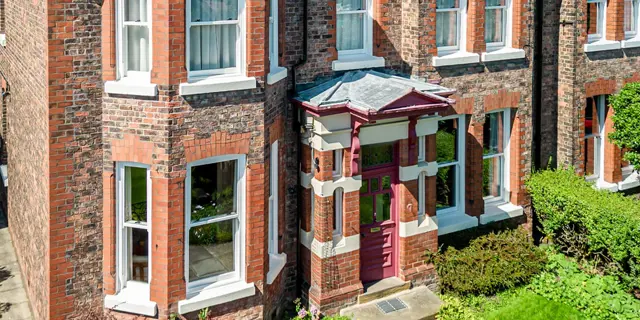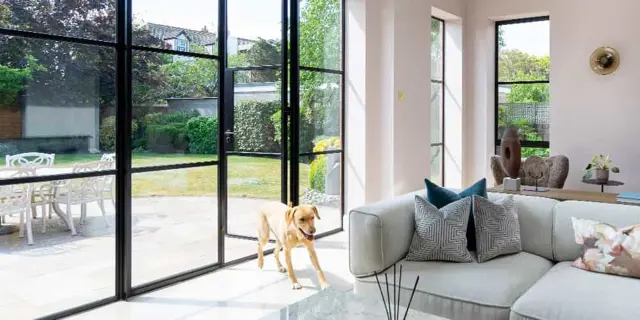Preserving Heritage: Replacing Sash Windows in a Conservation Area
Preserving the charm and character of historic properties is a noble endeavour, especially in conservation areas where architectural heritage is protected. Sash windows, with their elegant design and timeless appeal, are often a hallmark of such buildings. However, over time, these windows may deteriorate, presenting a dilemma for homeowners seeking to maintain authenticity while ensuring energy efficiency and functionality. In this blog, we explore the challenges and considerations involved in replacing sash windows in a conservation area, highlighting the importance of striking a balance between preservation and modernization.


Understanding Conservation Area Regulations
Conservation areas are designated to protect the special architectural and historic interest of a place. Within these areas, planning regulations are often stricter, aiming to preserve the character and appearance of buildings and their surroundings. Any alterations, including window replacements, must adhere to these regulations to maintain the area's integrity.
When it comes to sash windows, conservation authorities typically encourage repair and restoration over outright replacement. However, if replacement is necessary due to irreparable damage or to improve energy efficiency, it must be done sensitively and in accordance with local planning guidelines.
Importance of Preservation
Sash windows are integral to the aesthetic and character of period properties. Their design, featuring multiple panes of glass divided by slim wooden or metal frames, contributes to the historical charm of buildings. Preserving these windows not only maintains architectural authenticity but also sustains the cultural heritage of the area.
Restoring original sash windows can be a labour-intensive process, involving repairs to the frame, replacement of damaged panes, and refurbishment of hardware. However, retaining the original windows whenever possible is often the preferred approach, as it honours the craftsmanship of the past and enhances the property's value.


Balancing Preservation with Modernization
While preservation is paramount, homeowners also have a responsibility to ensure their properties are comfortable, energy-efficient, and functional for modern living. Sash windows, notorious for their susceptibility to drafts and poor insulation, may compromise comfort and energy efficiency if left in disrepair.
When replacement is unavoidable, choosing new sash windows that replicate the original design is crucial. Modern materials and manufacturing techniques allow for the creation of windows that mimic the appearance of traditional sashes while offering improved performance in terms of insulation, security, and durability.
Working with Conservation Authorities
Navigating the planning process in a conservation area requires careful consideration and collaboration with the local authority. Before undertaking any work, homeowners should consult with planning officers to understand the specific requirements and obtain necessary approvals.
Submitting a well-researched proposal detailing the reasons for replacement, along with evidence of efforts to preserve the original windows, can strengthen the case for approval. Working with conservation specialists and experienced contractors can also provide valuable expertise and ensure compliance with regulations.
Conclusion:
Replacing sash windows in a conservation area is a delicate balancing act between preservation and modernization. While preserving the historic integrity of period properties is paramount, addressing issues of comfort, energy efficiency, and functionality is equally important for homeowners.
By approaching window replacement with sensitivity, adherence to regulations, and a commitment to preserving architectural heritage, it's possible to achieve a harmonious blend of tradition and modernity. Through collaboration with conservation authorities and the use of appropriate materials and techniques, homeowners can ensure that their properties remain cherished landmarks in the rich tapestry of our built heritage.


